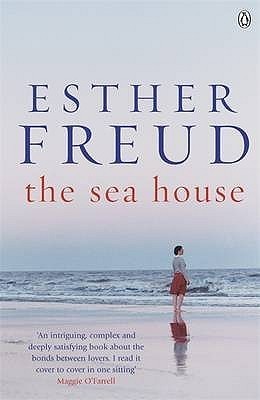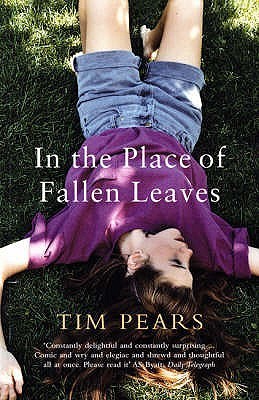
The Rings of Saturn
Book Description
A solitary journey through the haunting landscape of East Anglia unveils the remnants of history, memory, and loss. W.G. Sebald weaves a tapestry of strangers and stories, where the past looms like a ghost, echoing in the silence of the present. Each step reveals a fragment of truth, drawing connections between art, nature, and the profound weight of existence. As the narrator navigates the melancholic beauty of this forgotten realm, secrets emerge like whispers in the wind. What shadows lie hidden beneath the surface of memory, waiting to be unearthed?
Quick Book Summary
"The Rings of Saturn" by W.G. Sebald follows an unnamed narrator’s solitary walking tour through the eerily beautiful landscape of East Anglia. The narrative meanders between detailed observations of the countryside and meditative reflections on history, memory, and decay. Intertwining personal recollection with musings on figures such as Joseph Conrad, Rembrandt, and Roger Casement, Sebald explores the traces left by time on both land and mind. Through encounters with strangers and remnants of lost civilizations, the narrator reveals an interconnected world where beauty, suffering, and transience are inseparable. Sebald’s evocative prose dissolves the boundaries between travelogue, memoir, and historical essay, inviting readers to contemplate the persistent shadows cast by the past and the fragile texture of existence.
Summary of Key Ideas
Table of Contents
Memory and the Persistence of History
Sebald’s book opens with the narrator embarking on a walking tour through Suffolk, East Anglia—a landscape marked by a haunting stillness and imbued with centuries-old history. As he journeys alone, the countryside becomes a canvas upon which stories of the past are superimposed. The narrator’s acute observations blur the line between external reality and internal experience, creating a sense of pervasive melancholy. Through ruined estates and abandoned villages, each step triggers reverie, linking personal memories to global histories shaped by trauma and transformation.
Decay, Ruins, and Transience
Throughout the journey, the remnants of the past—decaying manors, overgrown gardens, and relics of industry—serve as reminders of impermanence. The narrator meditates on the passage of time, seeing in every ruin a testimony to human ambition, folly, and eventual decline. He draws parallels between the landscape’s erosion and the erosion of cultures, confronting how violence, war, and neglect leave lasting scars. The palimpsest of the region becomes a metaphor for the fragility and tenacity of memory.
Interconnection of Lives and Events
Sebald weaves an intricate web of biographical vignettes, threading the lives of historical and literary figures with his own observations. He recounts the stories of Roger Casement, the tragic end of the Dowager Empress Tzu Hsi, and Joseph Conrad’s formative years, emphasizing the unpredictable ways lives intersect and echo across time and space. These connections highlight the complex interplay between individual destiny and the larger currents of history.
Art, Nature, and Human Suffering
The narrative contemplates art and nature as both sanctuaries and mirrors for human suffering. The narrator ponders Rembrandt’s meditative portraits and Michael Hamburger’s poems, examining how artists grapple with loss and mortality. Nature, similarly, is seen as a domain of both renewal and relentless decay. The subtle beauty of the East Anglian landscape, with its mutable skies and coastal desolation, deepens the book’s tone of elegy and wonder.
In its conclusion, "The Rings of Saturn" circles back to the inescapability of the past. The narrator’s reflections crystallize into a meditation on the endurance of memory and the elusive nature of meaning. Sebald’s quilt of travelogue, memoir, and history culminates in an acceptance of life’s impermanence—where every journey is a confrontation with what lies beneath the surface, illuminating the interconnected cycles of decay and remembrance that define the human condition.
Download This Summary
Get a free PDF of this summary instantly — no email required.





